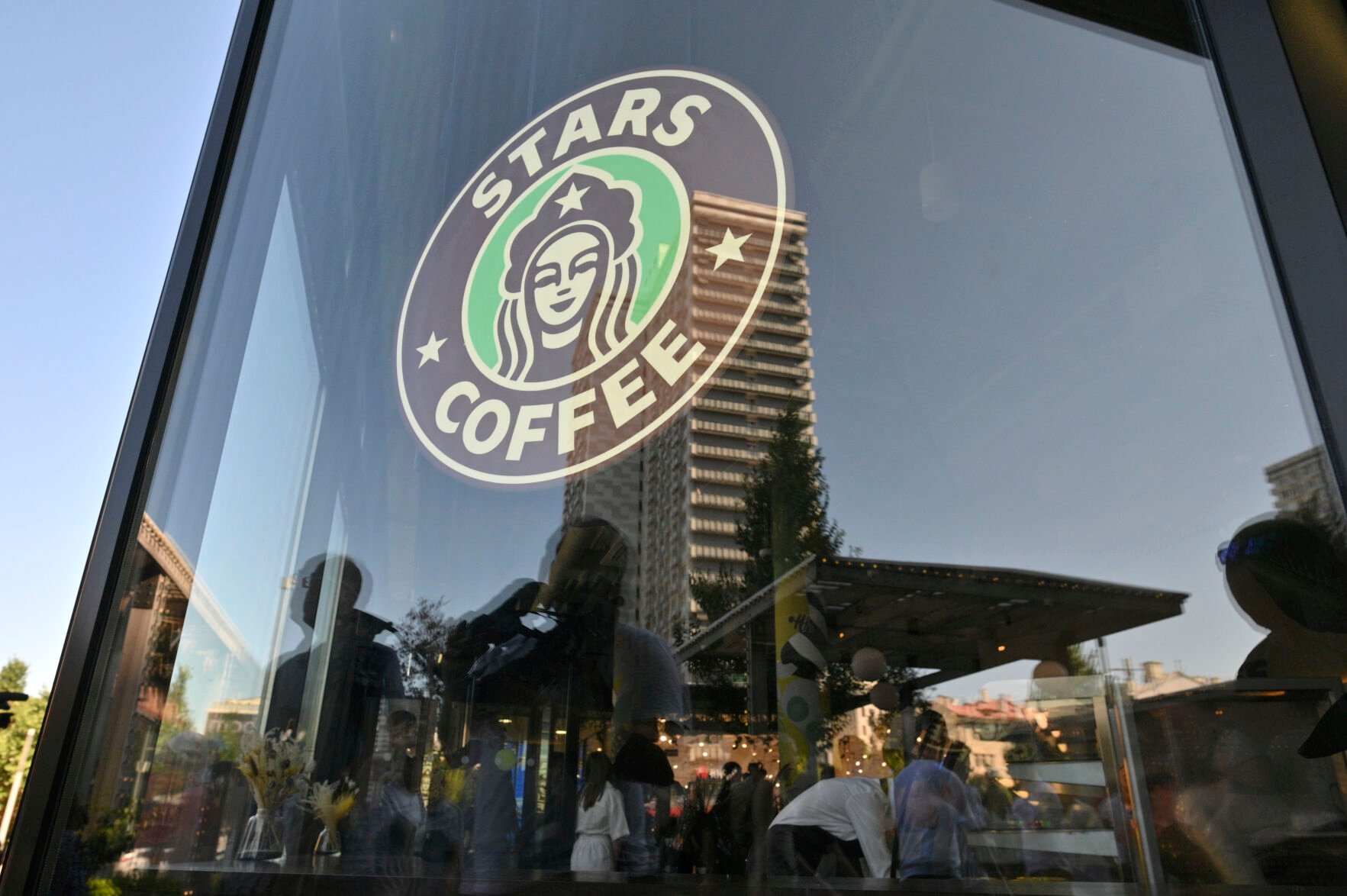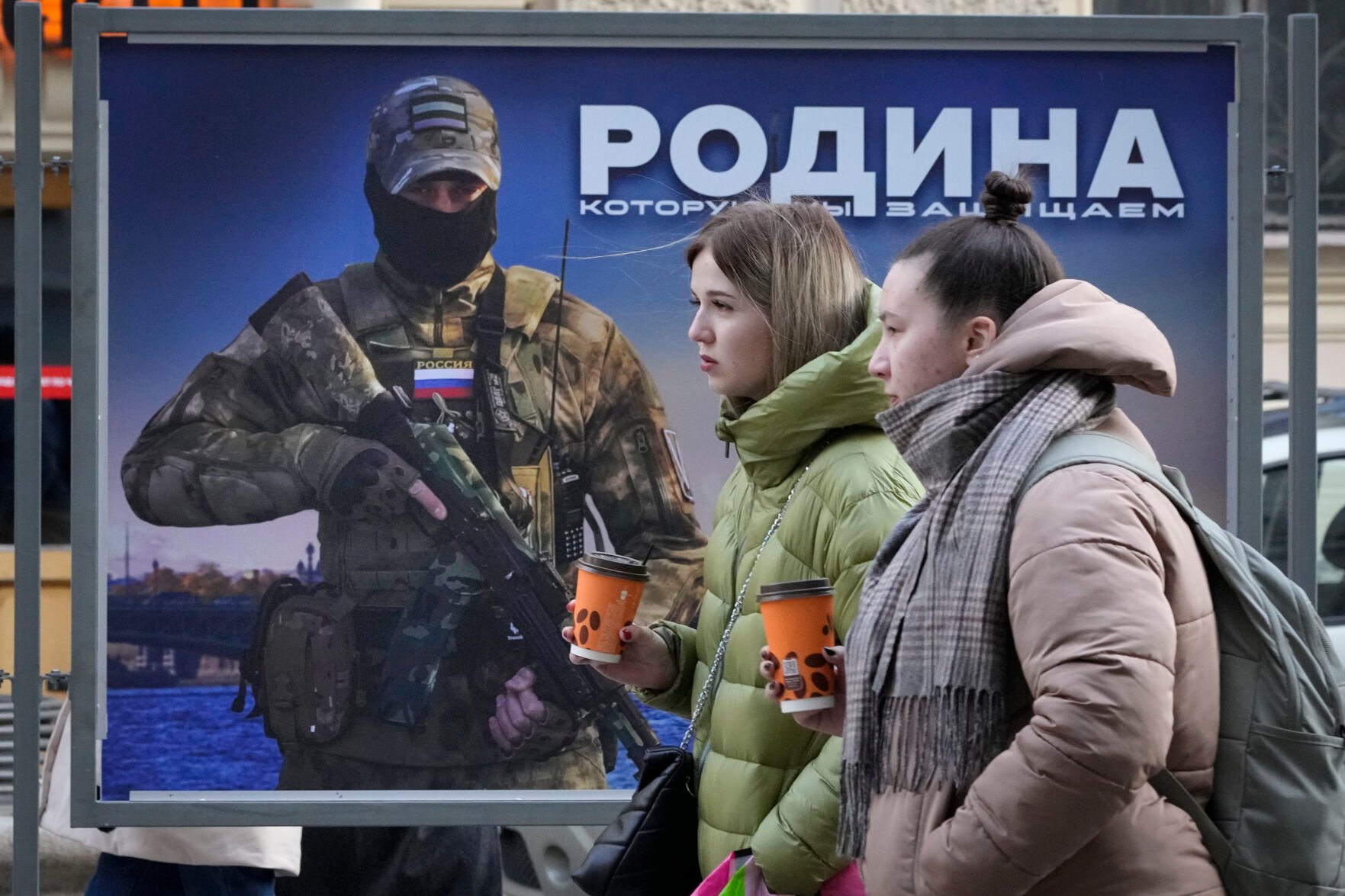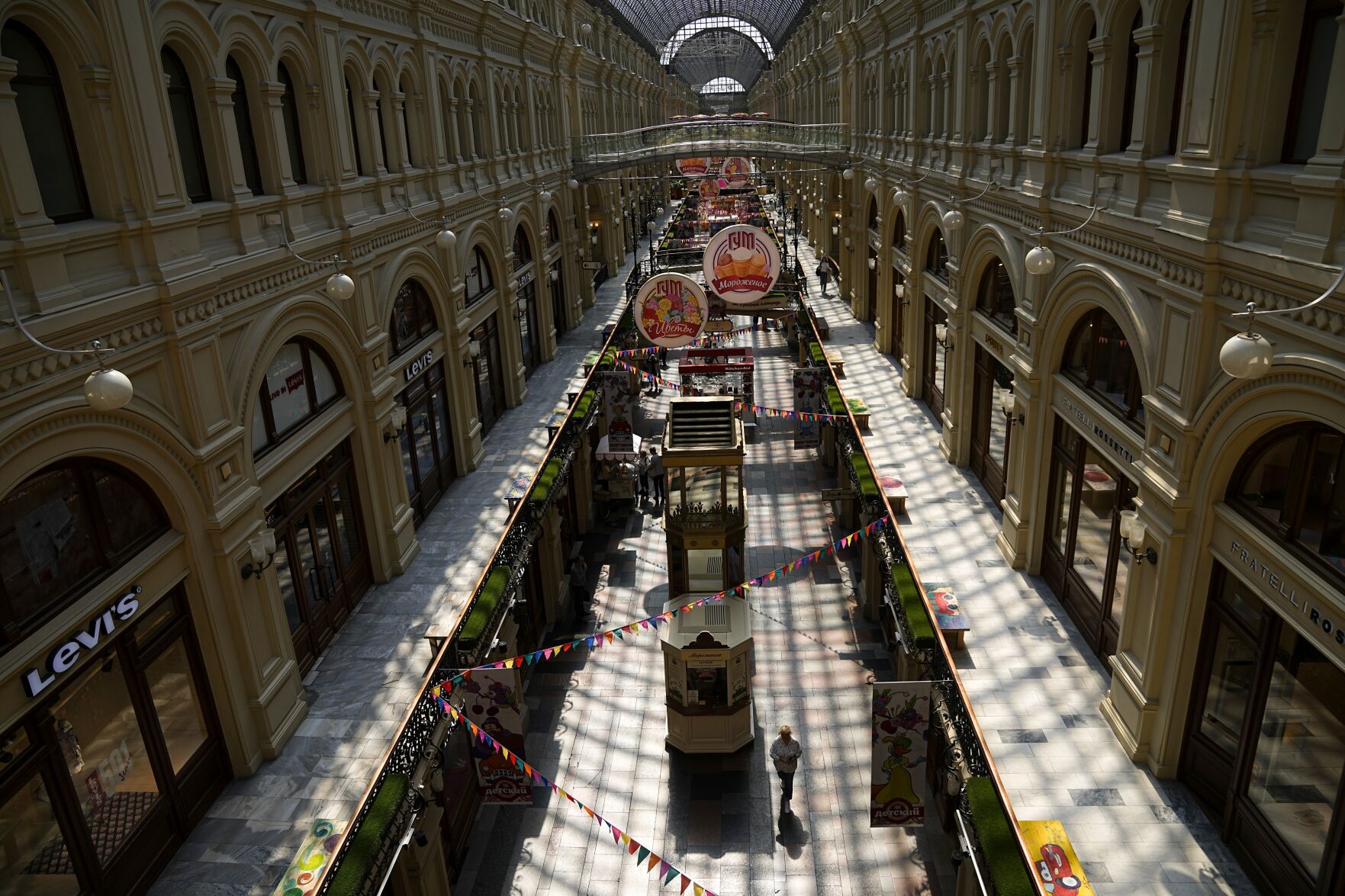No economic ‘knockout’ yet from West’s sanctions on Russia
WASHINGTON — One month into the invasion of Ukraine, President Joe Biden stood in the courtyard of a grand Polish castle and laid out the punishing economic costs that the U.S. and its allies were inflicting on Vladimir Putin’s Russia, declaring that the ruble is almost immediately “reduced to rubble.”
Russia is now the world’s most heavily sanctioned country, according to U.S. officials. The ruble did take a temporary dive and has been slipping again in recent months. But as the war hit its one-year mark, it’s clear the sanctions didn’t pack the instantaneous punch many had hoped.
The ruble trades around the same 75-per-dollar rate seen in the weeks before the war, though Russia is using capital controls to prop up the currency. And while Russia’s economy did shrink 2.2% in 2022, that was far short of predictions of 15% or more that Biden administration officials showcased. This year, its economy is projected to outperform the U.K.’s, growing 0.3% while the U.K. faces a 0.6% contraction, the International Monetary Fund said.
The West’s export controls and financial sanctions appear, instead, to be gradually eroding Russia’s industrial capacity, even as its oil and other energy exports last year enabled it to keep funding its war.
Large American multinationals like McDonald’s and General Electric fled the country. But if Muscovites can’t get a latte at Starbucks, there’s an imitation for them at the knockoff Stars Coffee, and one Russian startup created an analogue of McDonald’s.

Dmitry Serebryakov, Associated Press
A logo of a newly opened Stars Coffee shop on Aug. 18, 2022, in the former location of a Starbucks coffee shop in Moscow, Russia.
U.S. Treasury Deputy Secretary Wally Adeyemo stressed in an interview that the Western sanctions are only one “tool as part of a larger strategy.”
Still, a December Congressional Research Service report drew an underwhelming conclusion, stating “the sanctions have created challenges for Russia but to date, have not delivered the economic ‘knockout’ that many predicted.”
The sanctions, imposed largely through executive orders, are meant to punish Russia and block its access to the international financial systems and bank accounts it needs to finance its war effort. Export controls also limit its access to computer chips and other products needed to equip a modern military.
More than 30 countries, including the U.S., EU nations, the United Kingdom, Canada, Australia, Japan and others — representing more than half the world’s economy — are part of the unprecedented effort. They’ve imposed price caps on Russian oil and diesel, frozen Russian Central Bank funds and restricted access to SWIFT, the dominant system for global financial transactions.
Beyond targeting key institutions and economic sectors, the West directly sanctioned roughly 2,000 Russian firms, government officials, oligarchs and their families, depriving them of access to their American bank accounts and financial markets, preventing them from doing business with Americans, traveling to the U.S. and more.
Unlike the countrywide sanctions on Iran and North Korea, restrictions placed on Russia target specific industry sectors, firms and individuals. This was designed to keep Russian oil and natural gas flowing to limit disruptions to the wider global economy. But energy exports enabled Russia to replenish its finances and stave off a sharp decline.

Dmitri Lovetsky, Associated Press
Girls walk past a stand with an image of a Russian serviceman and words "The Motherland we defend" at a street exhibition of military photos Feb. 9 in St. Petersburg, Russia.
The U.S., in coordination with Group of Seven allies, announced new sanctions Friday, aimed at entities that helped Russia evade sanctions earlier in the war. Russia’s metals and mining sector is among those targeted in one of the U.S. Treasury Department’s “most significant sanctions actions to date,” the agency said.
An industrialized country of its size — the 11th largest economy in the world in 2021 — has never faced such financial pressure.
Daniel Fried, a former assistant secretary of state for European and Eurasian affairs, said, “policy making of this kind is always a shot in dark.”
“You’re looking for hits on the Russian economy, it doesn’t happen overnight,” he said, noting military aid for Ukraine was far more important.
There have been differences in the lengths to which countries are willing to go. European and Asian countries are more dependent on Russian oil and natural gas, making a ban on Russian exports hard for the alliance and forcing compromises that took months to forge.
Ultimately, the countries in December settled on a $60 price cap, which some critics said came too late and was too high to significantly hurt Russia.
Russia is seeking deeper ties with countries that refused to join the sanctions. Its exports to Brazil, China, India and Turkey increased by at least 50% since the war started compared with the previous year, the Congressional Research Service said.

Alexander Zemlianichenko, Associated Press
Few visitors pass inside the GUM department store June 1, 2022, in Moscow, Russia, with lots of boutiques closed due to sanctions.
“Russia is a different country today than it was just a year ago,” Adeyemo said, “and they’ve given up almost 30 years of progress in terms of their economic policy in the course of one year.”
Some sectors suffered greatly from sanctions and the departure of foreign companies. Shopping centers have shuttered shops. Russia’s automobile sector took a particular hit.
Still, Russian goods imported to the U.S. — including some lumber, aluminum and other goods — totaled $14.5 billion in 2022. That’s less than 1% of all U.S. imports and about half the $30 billion imported from Russia in 2021.
